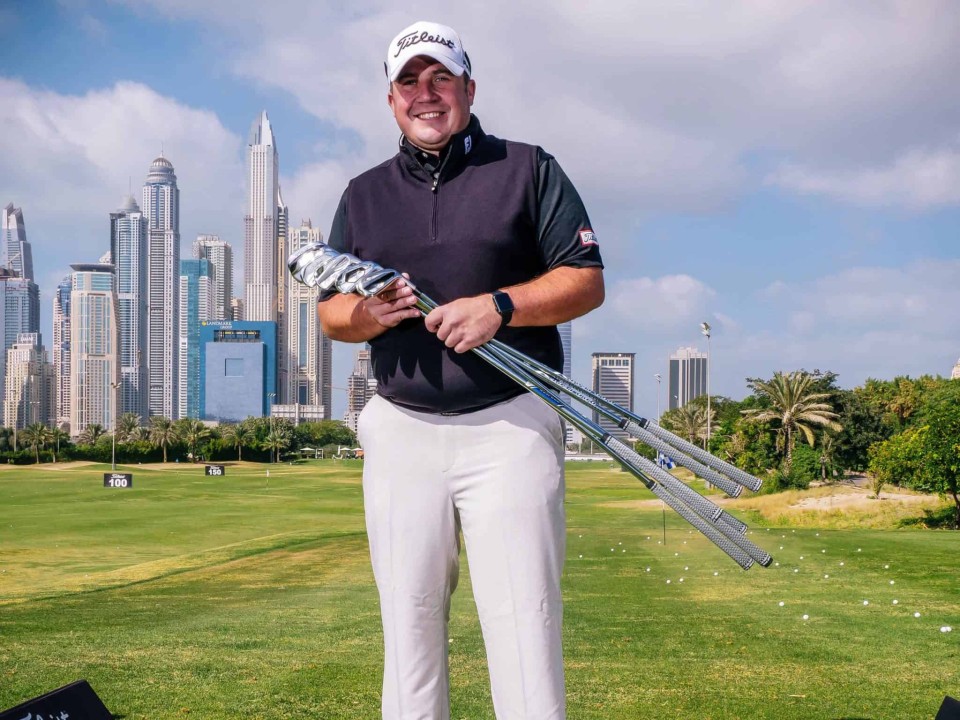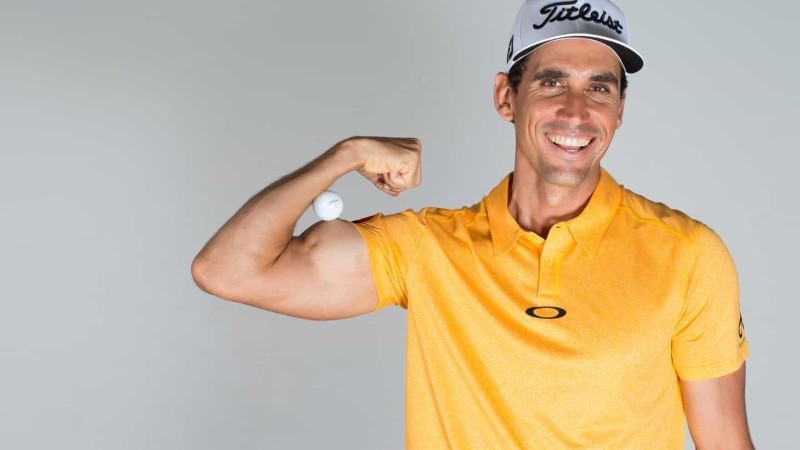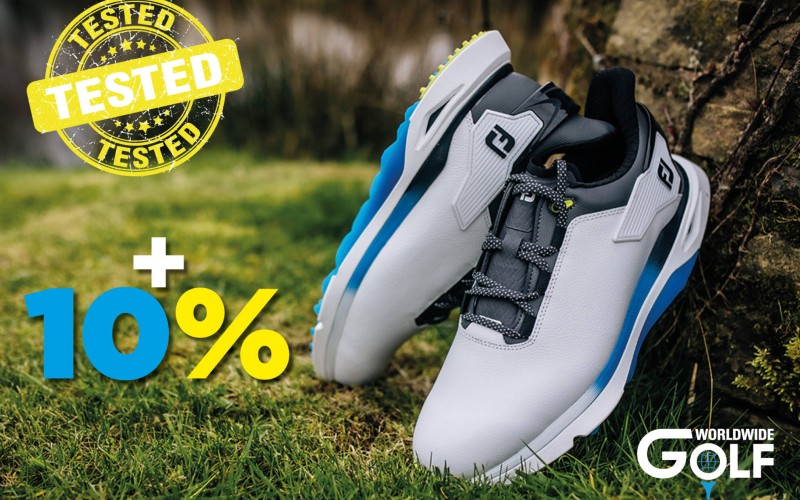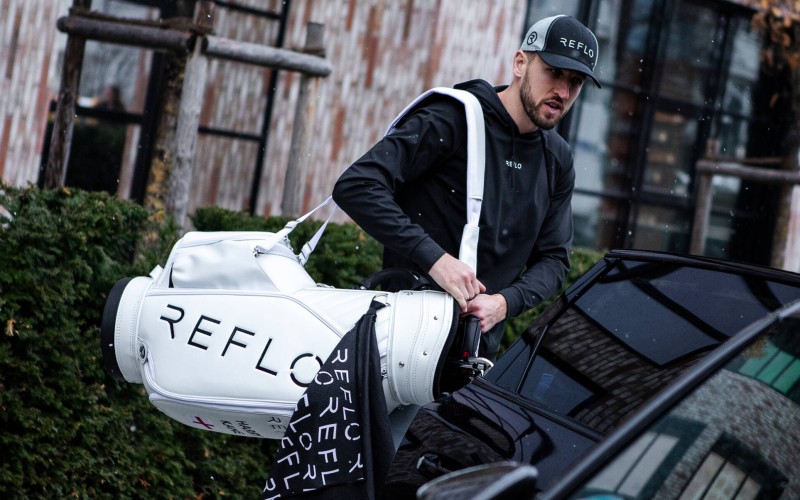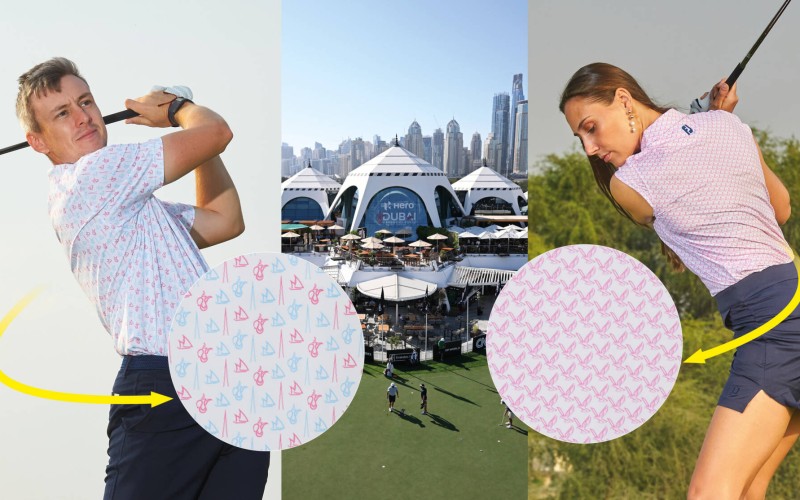The Titleist iron range has evolved to cater for all levels of golfer and not just aimed at the low handicappers. What I wanted to find out is how the latest 718 range stacks up when put head-to-head using the same shaft throughout. With the support of Stuart Taylor from ProSports and the trusty TrackMan we got to work on figuring out which 718 irons best suit my game.
718 AP1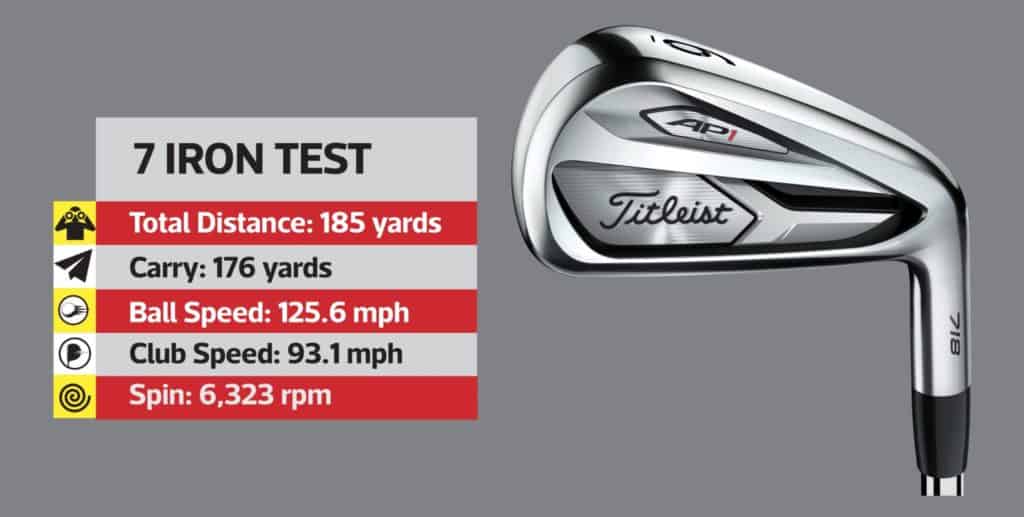
To kick things off we started with the 718 AP1, which is marketed as their most forgiving club and designed with the mid to high handicapper in mind. The larger clubface is the most forgiving and it wasn’t surprising to see that it was the longest on test. It launched high, due to its low centre of gravity, but a low spin rate meant it produced a strong flight. You could hold the greens due to its high landing angle, but it was not ideal for a knockdown shot.
718 AP3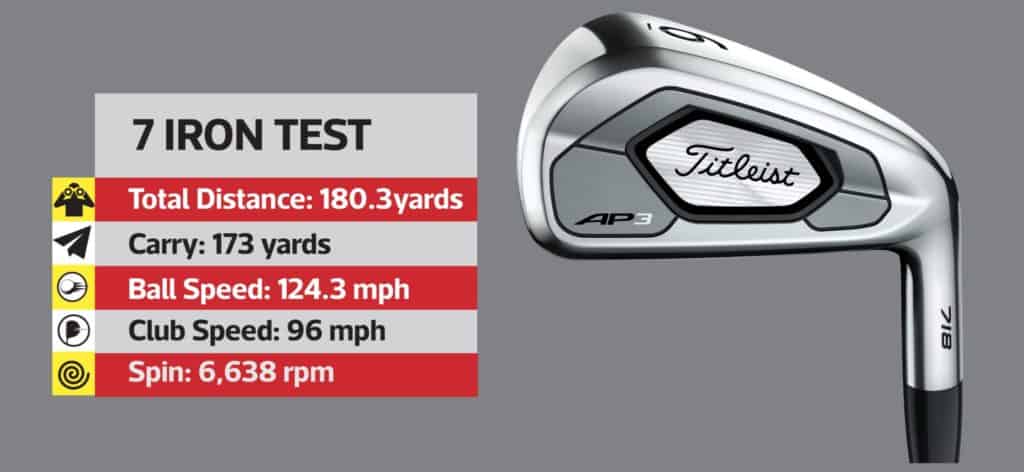
The AP3 is Titleist’s latest iron and the one that appeals to low and high handicappers. It’s not as long as the AP1 but the seven-iron loft is one degree weaker, so you are splitting hairs on distance. It’s not as forgiving as the AP1 and this is was evident in the lower irons. The club has a more traditional look than the AP1 but the mid-sized head would be a confidence-builder for any single-figure golfer.
718 AP2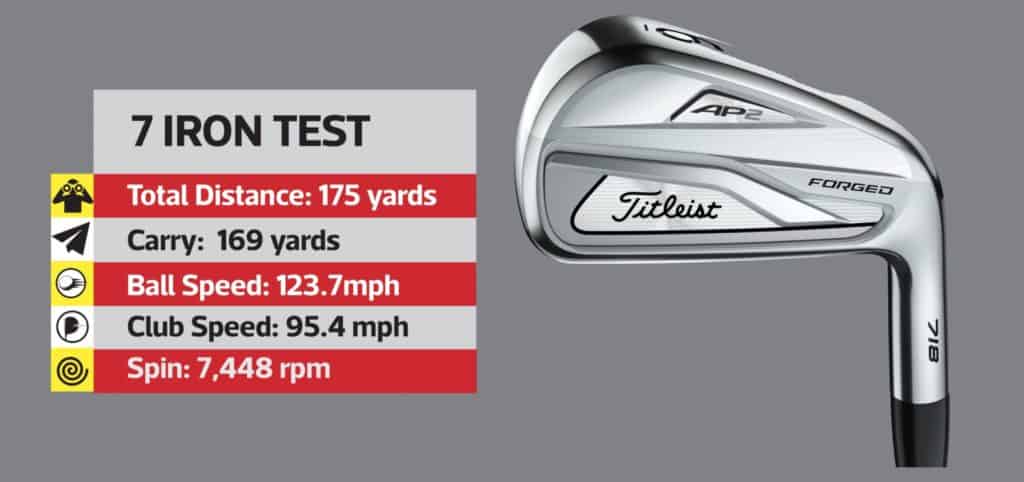
The AP2 has been my favourite Titleist club since it first came out in 2008 as it offered forgiveness and feel. Understandingly, it’s the iron played by Jordan Spieth and many other Tour professionals. Out of all the clubs, this club produced the tightest grouping, but the spin rate was starting to climb compared to the AP3, although the feel was sublime, thanks to it’s forged head. From seven-iron to wedge they felt as easy to hit as the AP3 but the strike was far less consistent with the five and six-iron.
718 T–MB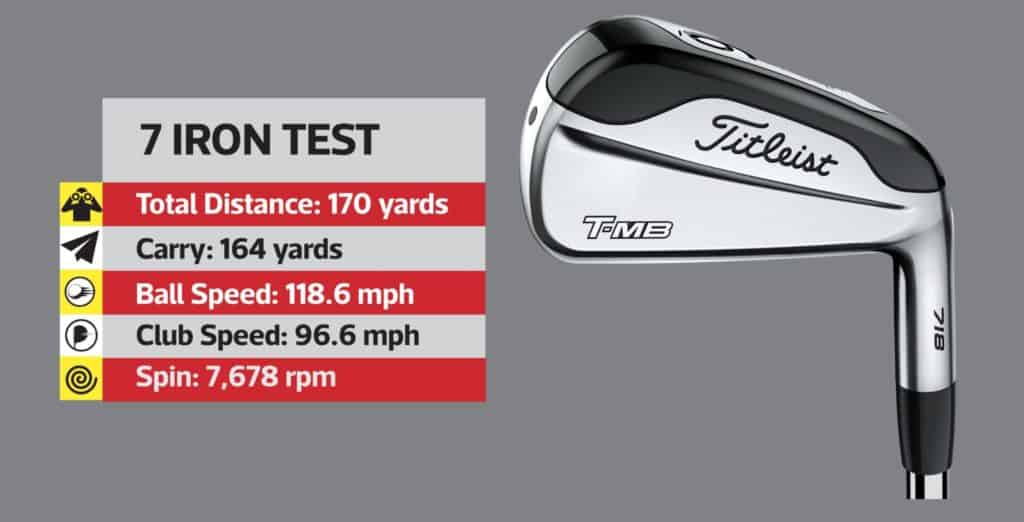
Moving to the T-MB, I was expecting this to be the one. It’s the choice of many professionals for their long irons, even by non-Titleist staff players, and it looked like it could deliver a punch. Starting with a seven-iron I was impressed with the way the club interacted with the turf and delivered great feedback off the face. In theory, this should have been the longest. However, it spun too much with the shorter irons – a characteristic that supported the long irons. As a set, I found gapping an issue. Which is why you see players adding these into a mixed bag.
718 CB & MB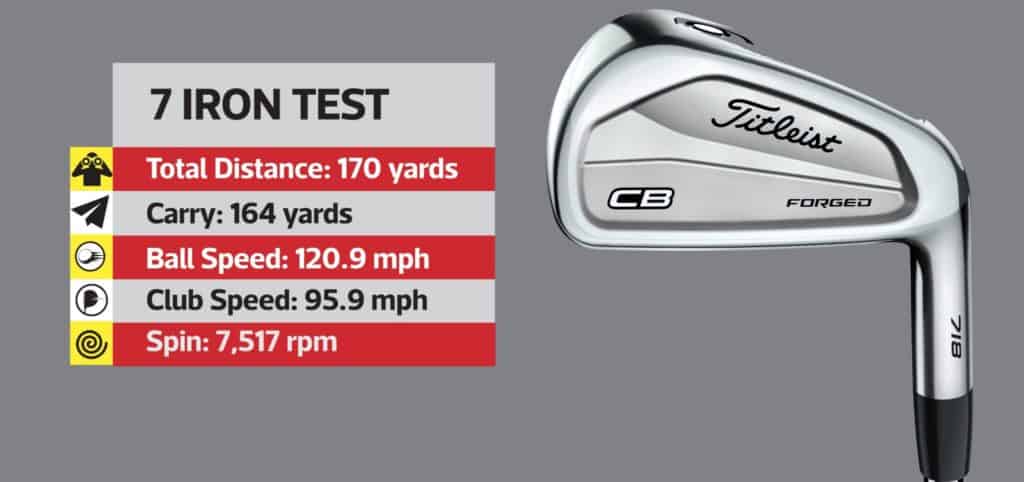
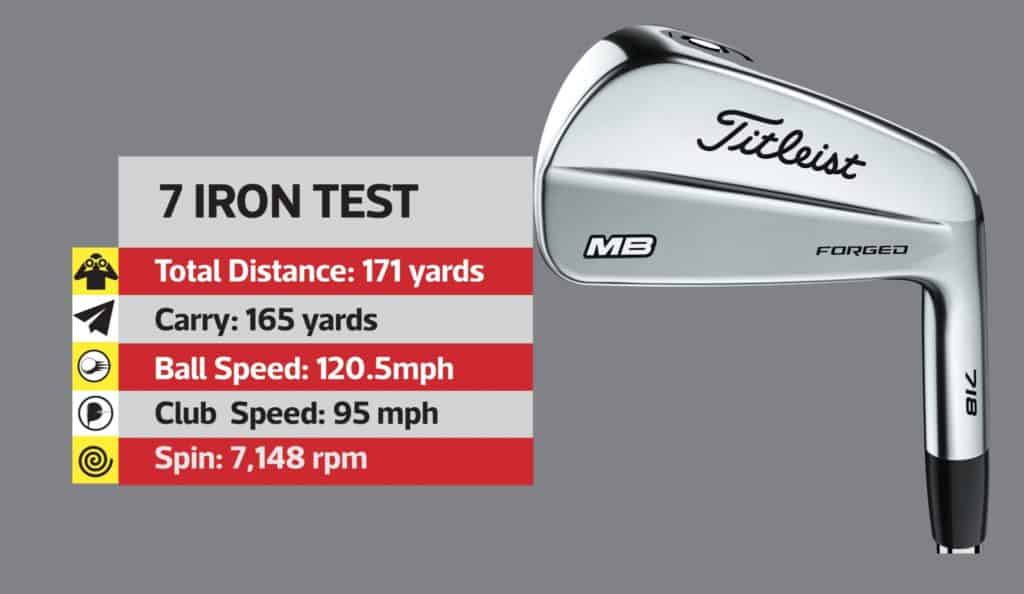
Now, I was starting to get out of my comfort zone with the CB and MB models. These are true players’ clubs where distance and off-centre strikes fail to feature in the sales brochure. I opted to only test the seven-iron in both models as I struggled to give anything lower a fair test. You can understand why the professionals and leading amateurs opt for these models as the feel off the face is like butter from the centre, and working the ball is effortless. But before I got ahead of myself, the moment you stray from the sweet spot you are quickly reminded why they are for the better golfer. The drop-off in yardage is close to 15 yards with a seven-iron between a solid and an average strike.
REVIEW
The new Titleist range is cleverly structured but one that can easily catch you out when it comes to gapping. The AP1 and AP3 irons mix well due to their forgiveness and stronger lofts, but you must take into consideration than an AP1 seven-iron has 30 degrees in loft, which is the same as an AP2 six-iron, so you could easily play a mixed bag with clubs going the same distance. The AP2, T-MB, CB and MB all mix well but when Adam Scott uses a T-MB in a three and four-iron you have to be honest about your own ability, even if you are off scratch.
CONCLUSION
My perfect mix ended up being the AP3s in a five-iron to wedge. We strengthened the loft and lie by one degree on each club, then swapped to a X100 shaft to drop the spin a little more. This enabled me to gap accurately from 120 to 215 yards and my trajectory was more manageable. I did try the four-iron but I didn’t hit it as far as the five and my dispersion was wild to say the least.
*All clubs tested were stock Titleist 7-iron in standard loft with the identical shaft and tested using a Titleist ProV1x.


